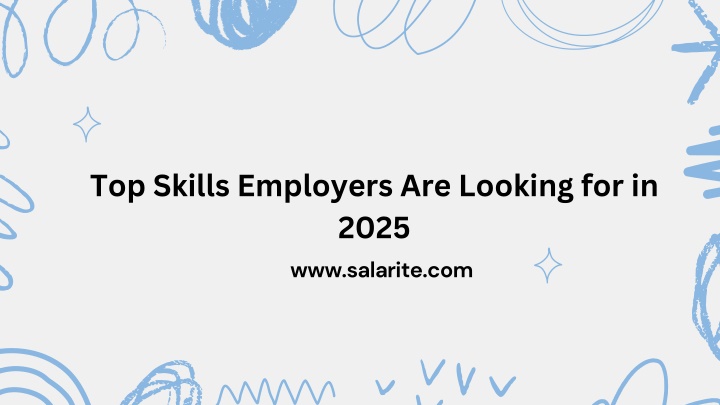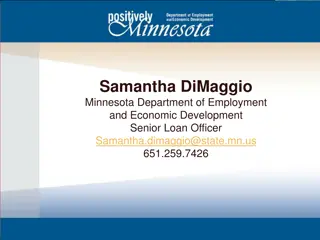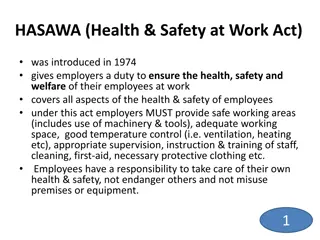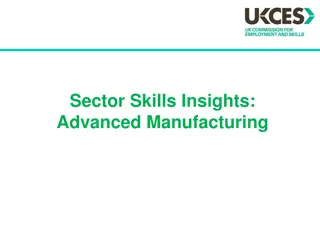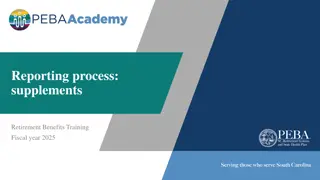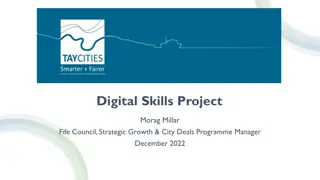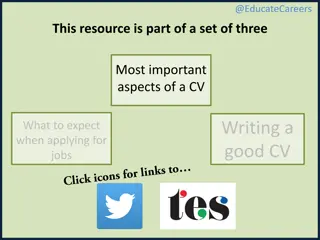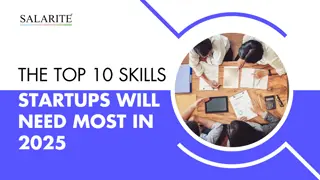Top Skills Employers Are Looking for in 2025
nTop skills employers seek in 2025: emotional intelligence, adaptability, critical thinking, problem-solving, data analysis, creativity, and digital literacy.
Download Presentation

Please find below an Image/Link to download the presentation.
The content on the website is provided AS IS for your information and personal use only. It may not be sold, licensed, or shared on other websites without obtaining consent from the author.If you encounter any issues during the download, it is possible that the publisher has removed the file from their server.
You are allowed to download the files provided on this website for personal or commercial use, subject to the condition that they are used lawfully. All files are the property of their respective owners.
The content on the website is provided AS IS for your information and personal use only. It may not be sold, licensed, or shared on other websites without obtaining consent from the author.
E N D
Presentation Transcript
Top Skills Employers Are Looking for in 2025 www.salarite.com
Introduction In 2025, the workplace is evolving rapidly with advancements in technology, remote work options, and an increasing demand for specialized skills. As industries adapt to digital transformation, staying updated on in-demand skills is essential for career success. Continuous learning and adapting to emerging trends, such as AI, data analytics, and cloud computing, ensure professionals remain competitive, seize new opportunities, and drive innovation in their careers.
01. Technology Proficiency: The ability to use digital tools and devices effectively for everyday tasks Digital Literacy 02. Critical Evaluation: Assessing and interpreting online information with a discerning mindset. Digital literacy refers to the ability to effectively and critically navigate, evaluate, and create information using a range of digital technologies. It encompasses skills like using computers, understanding online safety, and utilizing digital tools for communication, collaboration, and problem-solving in today s tech-driven world 03. Digital Communication: Navigating online platforms for collaboration, interaction, and problem-solving
Emotional Intelligence and Adaptability Is the capacity to recognize, understand, and manage your own emotions, as well as to influence and handle the emotions of others in an effective and constructive manner. It goes beyond just being emotionally aware it s about developing a deep awareness of how emotions impact behavior and relationships. People with high emotional intelligence can accurately assess their feelings and use that insight to guide their decisions, actions, and interactions. They are also able to recognize the emotions of others, demonstrating empathy and understanding, which allows them to build stronger relationships and resolve conflicts more easily.
Critical Thinking and Problem-Solving Critical Thinking is the ability to objectively analyze and evaluate information, arguments, or situations, leading to sound judgments and decisions. It involves a process of active thinking, where individuals apply logic, reasoning, and reflection to assess situations, identify underlying assumptions, and explore different perspectives. Critical thinking is not about memorizing facts or simply accepting information at face value; it s about questioning and probing deeper to understand the reasons behind things. This skill is fundamental for making well-informed, rational decisions in both personal and professional life, and it requires an open mind, patience, and a willingness to explore ideas from multiple angle
Emotional Intelligence Data Analysis Mind map Top Skills Employers Are Looking for in 2025 Problem-Solving Adaptability Digital Literacy AI & Automation,
Data analysis Data analysis is the process of systematically examining, cleaning, and interpreting data to extract meaningful insights and support decision-making. It involves collecting data, organizing it, identifying patterns or trends, and using statistical or computational methods to draw conclusions.
Thank you very much! Visit www. salarite.com
